Explore the Best AI Image Gallery

Beyond the Canvas: How IoT in Smart Homes is Fueling Creative Expression
The Internet of Things (IoT) has permeated every aspect of our lives, transforming homes into intelligent ecosystems. This interconnected web of devices, from smart lighting and appliances to voice assistants, is not just revolutionizing convenience; its also becoming a powerful catalyst for creativity in the arts, design, and entertainment.
Artists, designers, and creators are increasingly leveraging the power of IoT to push boundaries and explore innovative new mediums. Smart homes equipped with sensors, actuators, and real-time data capabilities offer a fertile ground for interactive installations, responsive environments, and personalized creative experiences.
The Creative Canvas: Smart Homes as Interactive Spaces
- Interactive Installations: Imagine an art installation that responds to the presence of viewers, adjusting lighting, sound, or even physical elements based on their movements. IoT sensors can capture these interactions, enabling artists to create immersive and dynamic experiences that blur the lines between observer and participant.
- Responsive Environments: Smart homes can be transformed into responsive environments that adapt to the moods and preferences of their inhabitants. Lighting systems can adjust color temperature based on time of day or desired ambiance. Music playlists can evolve in response to activity levels or even emotional cues detected through wearable sensors.
- Personalized Experiences: IoT enables highly personalized creative experiences. Imagine a virtual gallery where artwork adjusts its presentation based on individual viewer preferences, or a storytelling experience that adapts its narrative and characters based on user choices.
Beyond Art: IoTs Influence Across Creative Fields
The impact of IoT extends far beyond visual arts. Here are some examples:
- Design & Architecture: Smart homes provide valuable data about how people interact with spaces, informing design decisions that prioritize functionality, comfort, and sustainability.
- Music Production: IoT sensors can capture subtle nuances in musical performances, providing real-time feedback to musicians and enabling the creation of innovative sound compositions.
- Film & Gaming: Interactive narratives driven by IoT sensors offer immersive gaming experiences and personalized storytelling in film productions.
Ethical Considerations: Navigating the Complexities
While the potential of IoT in creative fields is immense, it also raises important ethical considerations:
- Data Privacy & Security: The vast amount of data collected by smart homes requires robust safeguards to protect user privacy and prevent misuse.
- Algorithmic Bias: AI algorithms used in creative applications can perpetuate existing biases, leading to unfair or discriminatory outcomes. Its crucial to develop ethical guidelines and ensure algorithmic transparency to mitigate this risk.
- Accessibility & Inclusivity: Creative technologies should be accessible to all individuals, regardless of their abilities or socioeconomic backgrounds.
Looking Ahead: The Future of Creativity in a Connected World
The convergence of IoT, smart homes, and creative industries is still in its early stages. As technology continues to evolve, we can anticipate:
- More Seamless Integration:** Well see even closer integration between physical and digital worlds, blurring the lines between reality and virtual experiences.
- Personalized Creative Tools: AI-powered tools will empower individuals to express their creativity in new and unprecedented ways.
- Collaborative Creations: IoT will facilitate global collaborations, connecting artists, designers, and creators from around the world.
The future of creativity is inherently intertwined with the evolution of technology. By embracing the potential of IoT in smart homes while addressing the ethical challenges, we can unlock a new era of innovation, expression, and human connection.
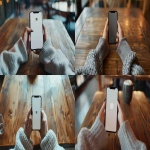
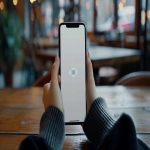
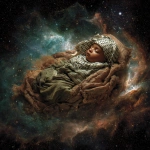
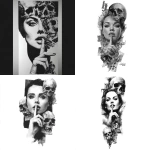
](https://images.ai-img.art/thumbnails/150/85464d88f1d4314cd042a02a6f41440fc3b4343db529794cbe8e6836fdadf409.webp)
](https://images.ai-img.art/thumbnails/150/37f115f2fa75765b87e6d3e2c9f1b0a80a6a46efa8b864a05278c7fc0a0a62e7.webp)
](https://images.ai-img.art/thumbnails/150/4a4f2a16da94ebadad64aeb3b0fb4e64d426431f1d651cc4929142c728fe85b7.webp)

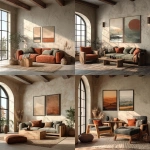
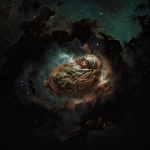
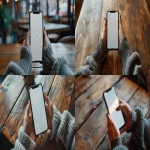

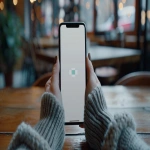
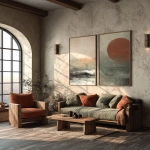
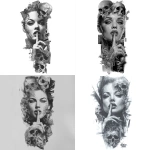


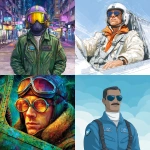




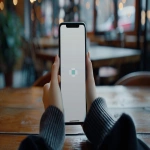
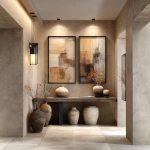





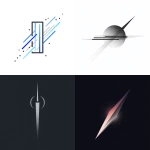
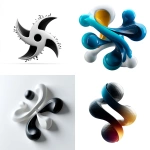
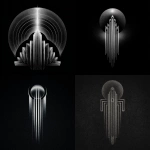

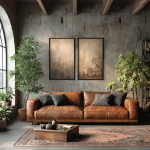
](https://images.ai-img.art/thumbnails/150/24610c8978ce6b4f1ced8639b434482871adb07e38af8b90cd535f2533bf18cc.webp)
](https://images.ai-img.art/thumbnails/150/9127f72c6be19d533c26ac476f4d216cd89a6a2d7c351333489a3eff30c3ec5a.webp)



](https://images.ai-img.art/thumbnails/150/b90a5f332cb5d8f02116934e13abd20233e0eeb2368274dbdffaa2e281e4dff5.webp)



](https://images.ai-img.art/thumbnails/150/336026613fd234b8d6908fe18ecc09b2b2ecf7b8dfe294742041c9862dc499c1.webp)

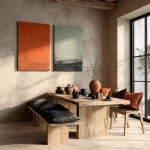
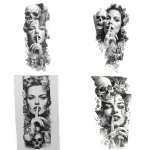
](https://images.ai-img.art/thumbnails/150/d29fcfc8037938184a641f7980e1102e24a6e82088bc465886d26ffe5bb006c7.webp)

